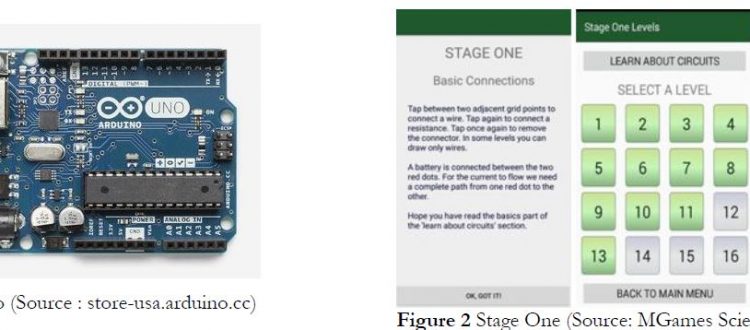Learning Electricity using Arduino-Android based Game to Improve STEM Literacy
AI Yasin, EC Prima, H Solihin
Journal of Science Learning 1 (3), 77-94, 2018
The STEM is an interdisciplinary approach provided learning atmosphere where students can use science, technology, engineering and math in daily life. The aim of the STEM is educating the students to be STEM Literate. This research goal was to implement STEM learning on electricity using Arduino-Android Game based experiment to 8th-grade students. STEM Learning was chosen as an approach in this research by the consideration that it was developed through Android Game, YWRobot, and Arduino Uno experiment lesson plan and worksheet. The analysis of this research was focused on the effect of STEM learning implementation through lesson plan and worksheet to 8th-grade students’ STEM Literacy on electricity topic. The method used in this research was pre-experimental with one group pretest-posttest design. The data of this research was obtained from the STEM Literacy objective test (pretest and posttest) based on Allan Zollman. Then the data were analyzed based on each aspect of STEM Literacy such as science, technology, engineering, and mathematics. The result shows that the value of g ̅ from students’ STEM Literacy pretest-posttest are-0.06,-0.12,-0.06,-0.87 for science, technology, engineering and mathematics literacy respectively. The result implies that STEM Learning implementation was less optimal to improve science, mathematics, technology and engineering literacy. The reason was because STEM Learning implementation was not implement in continuously. Therefore, science, technology, engineering, and technology literacy regarding electricity topic are emphasized less optimally.
The manuscript can be accessed at https://files.eric.ed.gov/fulltext/EJ1226377.pdf

